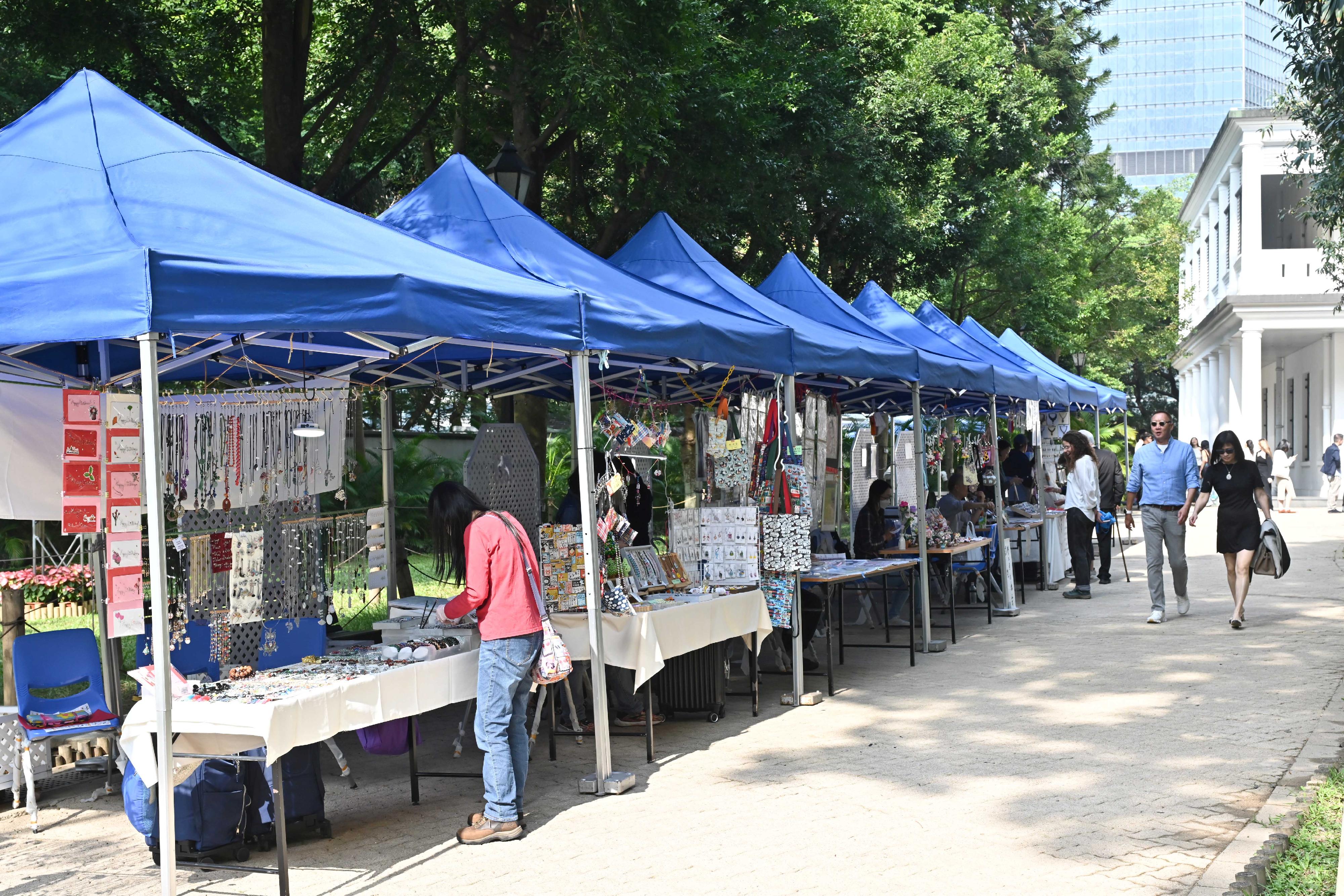Government launches support measures for self-financing post-secondary education sector
The Education Bureau (EDB) announced today (December 30) the launch of a series of support measures for the self-financing post-secondary education sector, including a new round of the Land Grant Scheme, the Start-up Loan Scheme and the Enhancement and Start-up Grant Scheme for Self-financing Post-secondary Education, to support the sustainable development of the self-financing sector and provide quality articulation opportunities for students.
An EDB spokesman said, “It has long been the Government’s policy to support the parallel development of the publicly funded and self-financing post-secondary education sectors. Adopting a self-financing mode of operation, self-financing institutions enjoy greater flexibility in programme development to respond to the ever-evolving manpower needs of different sectors of society, complementing publicly funded institutions in providing diversified articulation pathways for young people and nurturing talent needed by the market, thereby playing an important role in Hong Kong’s development into an international post-secondary education hub. To further support the capacity expansion and quality enhancement of the self-financing sector, the Government has launched a series of support measures for self-financing institutions in developing and enhancing their campuses, and developing their niche areas.”
Land Grant Scheme (LGS) and Start-up Loan Scheme (SLS)
A new round of the LGS and SLS is open for applications from today to March 31, 2025. A land site located on Man Lai Road, Tai Wai, is available for applications under the LGS for operating locally accredited self-financing post-secondary programmes at the sub-degree level or above by non-profit-making post-secondary institutions.
The site will be granted to the successful applicant at a nominal premium through a Private Treaty Grant. Since the site will be handed over on an “as-is” basis, the successful applicant will be responsible for conducting any preliminary studies and carrying out all necessary works at its own expense. Institutions may also apply for interest-free start-up loans to develop campuses and/or student hostels for the operation of self-financing full-time locally accredited post-secondary programmes at the abovementioned site or other readily available sites.
Enhancement and Start-up Grant Scheme for Self-financing Post-secondary Education (ESGS)
A new round of the ESGS is open for applications from today to April 23, 2025. The ESGS aims to provide financial support for eligible self-financing post-secondary institutions to develop and enhance programmes that meet market needs but require high start-up costs, and help alleviate the institutions’ need to fully recover the set-up costs from tuition fees, thus relieving the financial burden on students. It also supports institutions to better develop their own strengths and niche areas, strengthening strategic co-ordination among institutions. Funding for each proposal will generally be subject to a cap of $42 million.
In the 2023/24 round of applications of the ESGS, three out of 11 applications were approved with a total grant of about $92 million. They cover the allied health, engineering and forensic psychology sectors, which are conducive to catering for the keen manpower demands of the relevant industries. Details of the projects are as follows:
| Institution | Project | Approved grant (in million dollars) |
| Hong Kong Metropolitan University | Establishment of Bachelor of Science with Honours in Diagnostic Radiography Programme | 38.2 |
| Hong Kong Metropolitan University | Establishment of Applied Degree in Robotics and Automation Engineering | 38.9 |
| Hong Kong Shue Yan University | Development of Bachelor of Social Sciences (Hons) in Forensic and Investigative Psychology Degree Programme | 14.6 |
The Committee on Self-financing Post-secondary Education will give advice to the Secretary for Education regarding the comparative merits of the applications received under the abovementioned schemes. Details of the abovementioned schemes and previously approved applications are available on the website of the Concourse for Self-financing Post-secondary Education (www.cspe.edu.hk/en/Overview-Measures.html). read more



